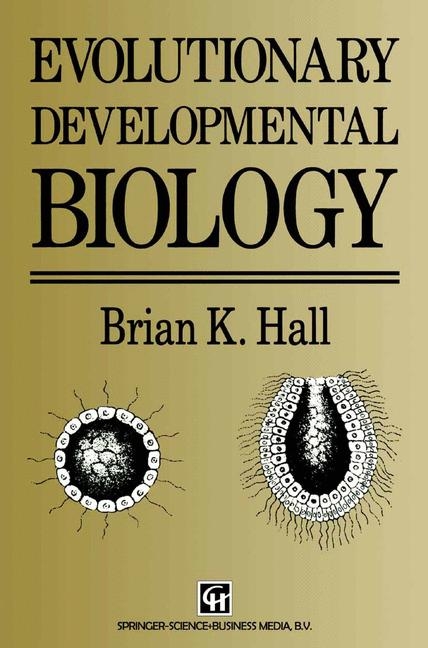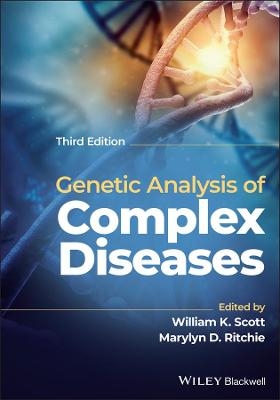
Evolutionary Developmental Biology
Springer (Verlag)
978-94-015-7928-5 (ISBN)
- Titel wird leider nicht erscheinen
- Artikel merken
Evolution and development: terms and concepts. Evolutionary and functional causation: germ plasm and soma. Evolution: history and origin of the term. Charles Bonnet. Evolution as change. Evolution beyond biology. Evolution as population genetics. Evolution as hierarchy. Ontogeny and phylogeny. The Burgess shale: different types of animals. The Burgess shale. Animal phyla. Burgess shale fossils assignable to phyla. Burgess shale fossils not assignable to phyla. Taxonomy of fossils. Burgess shale fossils are not unique. Novel body plans. Types and the Geoffroy - Cuvier debate: a crossroads in evolutionary morphology. Aristotle's unity of plan. Buffon's unity of type. Geoffroy and idealistic morphology. Geoffroy, Cuvier and the great academie debate. Ramifications of the great academie debate. Archetypes and homology: the establishment of evolutionary developmental biology. von Baer. The British response to the great debate. Owen: homology and archetypes. Darwin and beyond. Haeckel and the Gastraea theory. Conclusions. Bauplane: fundamental body plans. Woodger and the Bauplan concept. Bauplane and levels of organization. Nested Bauplane (Unterbauplane). Bauplane and mechanisms. Developmental processes and Bauplane. Contraints and the evolution of Bauplane. Constraints and phases of development. Fundamental levels of change in ontogeny and phylogeny. Generation of the Bauplan. Adaptive modification to form and function. Epigenetic organization of embryonic development. Preformation and epigenesis. Epigenesis today. Maternal cytoplasmic control. Epigenetics: a definition. Epigenetics and genetics. Epigenetics: difficulties. Vertebrate development: an overview. Development as a hierarchical decision-making process. Stages of early vertebrate development. Phylotypic stages. Fertilization as the epigenetic event intiating ontogeny. Determination of body cells and germ cells. Subsequent epigenetic events of ontogeny. Mesoderm induction and the neural crest. Primary embryonic induction and the properties of inductive interactions. Regionalization of the central nervous system and the primary body axis. Epigenetic cascades. Mechanisms of epigenetic interactions. Second order epigenetic control. Integrated change in development and evolution. Cyclomorphosis (seasonal polymorphism): interspecific epigenetics. Key innovation or integrated change. Evolutionary novelty and speciation. Key innovations and large scale change. Key innovations in morphology. Key innovations as single gene mutations. Integrated change. Conclusions. Genetics, epigenetics and environment. Adaptation. Genetic assimilation. Homeotic mutations. Selection and the genetics of assimilation. Genetic assimilation in nature. Genetic fixation. Developmental canalization. A mechanism for genetic assimilation. Adaptation and genetic assimilation. Summary. The developmental evolutionists. A quantitative genetics model for morphological change in development and evolution. Homology and the evolution of development. Homology: a recap. Homology and development. Biological homology. Evolution of development. Timing of developmental and evolutionary change. Developmental time. Patterns and processes. The ecological context of heterochrony. Heterochrony as modification of developmental processes. Generation of new tissues and organs. Heterotopy. Conclusions. Evolution and development: principles and processes. Basic structural organization and homology. An organizing framework for evolutionary developmental biology. Basic body plans: adaptive form and function. Quantitative genetics-epigenetics models. The centrality of the cell. References. Index.
| Erscheinungsdatum | 19.12.2018 |
|---|---|
| Zusatzinfo | 46 Illustrations, black and white; XII, 275 p. 46 illus. |
| Verlagsort | Dordrecht |
| Sprache | englisch |
| Maße | 155 x 235 mm |
| Themenwelt | Studium ► 2. Studienabschnitt (Klinik) ► Humangenetik |
| Naturwissenschaften ► Biologie ► Evolution | |
| Schlagworte | Adaptation • Biology • Charles Darwin • Darwin • Development • Developmental Biology • Embryo • Evolution • Genetics • Mesoderm • ontogeny • Phylogeny • termination • Vertebrate |
| ISBN-10 | 94-015-7928-8 / 9401579288 |
| ISBN-13 | 978-94-015-7928-5 / 9789401579285 |
| Zustand | Neuware |
| Haben Sie eine Frage zum Produkt? |
aus dem Bereich


